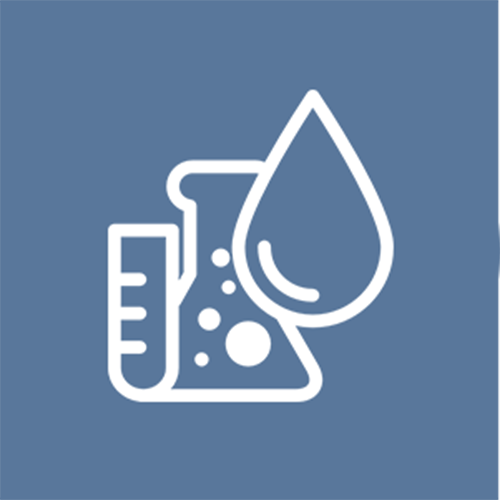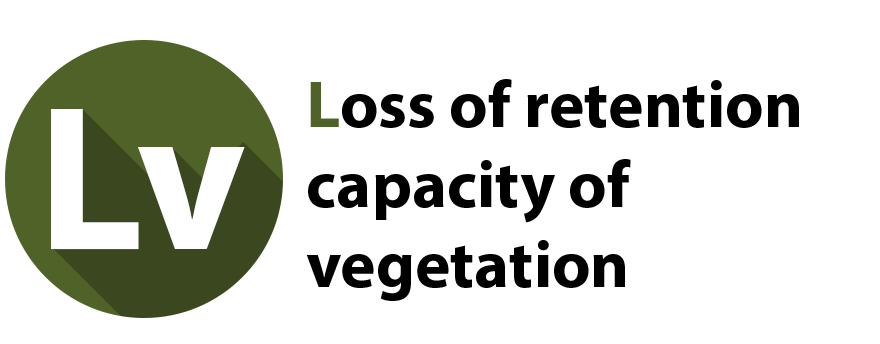Natural mitigation and remediation of watersheds and lagoon ecosystems of Ghar el Melh (Tunisia)
Description
Location

Sketch
Information about lithology/geochemistry:
The Ghar el Melh lagoon and its territory covers 30 km². It is a 2800 years old city, with a very rich history. There are no major fresh water inputs, and the high water salinity is maintained by permanent exchanges with the sea. About 10500 inhabitants live around the lagoon, mainly from agriculture and fishing. Beaches receive the highest number of tourists in Tunisia per year. This project focuses on Nature Based Solutions dedicated for two issues to achieve the sustainability of the Ghar el Melh ecosystem: (1) increasing local natural biodegradation capacity of soils to trap polluted waters delivered by urban sewage systems; and (2) re-development of dunes ecosystems by fixing them with natural barriers in order to protect the coast line, to enhance the biodiversity and to save waters . The demosites are part of the OMELI observatory, under implementation by the INSTM (Observatory of the Ghar el Melh Littoral, National Institute of Marine Sciences and Technologies).
Main Description
- It is a natural lagoon located North-East of Tunisia on the Mediterranean coast. It is the only remnant of the former Gulf of Utica. The direct impact of all this is the increase of the speed of the coastal erosion, as the main sources of sand to the coast are closed. The average coastal erosion rate is between 5 and 20 m per year, according to the different places. There is no more link between the Medjerda River and the lagoon. The catchment linked to the lagoon is very limited as it is surrounded by some hilly terrain. Thus only some very small tributaries are coming from the West, mainly filled by the waste waters of small agricultural areas and villages (Kalaat al Andalous, Bajou), with no measurable discharge. And the North side is very steep with no river, but the waste waters of the city of Ghar el Melh directly reach the lagoon, with no treatment.
Enhance ecohydrological processes in novel ecosystem
YES
Apply complementary Ecohydrological processes in high impacted system
YES
This table presents the different categories of ecosystem services that ecosystem can provide, divided in:
Provisioning Services are ecosystem services that describe the material or energy outputs from ecosystems. They include food, water and other resources.

Fresh water: Ecosystems play a vital role in the global hydrological cycle, as they regulate the flow and purification of water. Vegetation and forests influence the quantity of water available locally.
Regulating Services are the services that ecosystems provide by acting as regulators eg. regulating the quality of air and soil or by providing flood and disease control.

Erosion prevention and maintenance of soil fertility: Soil erosion is a key factor in the process of land degradation and desertification. Vegetation cover provides a vital regulating service by preventing soil erosion. Soil fertility is essential for plant growth and agriculture and well functioning ecosystems supply the soil with nutrients required to support plant growth.
Ecosystem services "that are necessary for the production of all other ecosystem services". These include services such as nutrient recycling, primary production and soil formation.
Cultural Services corresponds nonmaterial benefits people obtain from ecosystems through spiritual enrichment, cognitive development, reflection, recreation, and aesthetic experiences.
Lifezones
![]()
PPT(mm/yr): 582.0
![]()
T(ºc): 18.5
| Elevation of demosite: | 1.0 meters above sea level |
| Humidity: | Humid |
| PETr (by year): | 0.92 |
EH Principles
Quantification of the hydrological processes at catchment scale and mapping the impacts
ECOHYDROLOGY ENGINEERING SOLUTIONS
As there are no significant surface water inputs to the GML, hydrological processes are mainly driven by the links between the sea and the lagoon waters, while little is known about the possible influence of groundwater in the nearby agricultural area to the West and Southwest, which are very flat areas (former Medjerda alluvial plain). The main source of pollution is the city of Ghar el Melh and few waste water small channels to the West, while agriculture activities bring some diffuse pollution along the northern and western shores of the lagoon.
 Hydrological Flow
Hydrological Flow
* Quantification of the hydrological processes at lagoon and watersheds scale, mapping the risk impacts and territorial solutions * Identification of potential areas for enhancement of ecosystem sustainability (dunes, waste waters and soil/water productivity) * Managing biota to control hydrological and biogeochemical processes (ecological engineering)
 Ecohydrological Infrastructure
Ecohydrological Infrastructure
Two dedicated solutions : (1) Pilot site for domestic waste water natural cleaning through constructed planted biofilters, with soil biodiversity enhancement, and REUSE for sustainable soil and water productivity (vegetable agriculture and fisheries). (2) Set-up of dune-fences on the sandy lagoon barrier to restore natural ecosystem services of the sand dunes, to stabilize and restore the foreshore, and the coastal aquifer and mitigate the sea level rise impact on coastal areas and human l.
 Ecohydrological Infrastructure
Ecohydrological Infrastructure
Major Issues








Expected Outcomes
Latest Results
Contacts
Oula AMROUNI
- oula.amrouni@gmail.com
- Institut National des Sciences et Technologies de la Mer
Social ecohydrological system
EH Objectives
EH Methodology
Catchment Ecohydrological sub-system
Objectives
Stakeholders
Catchment Sociological sub-system
Activities